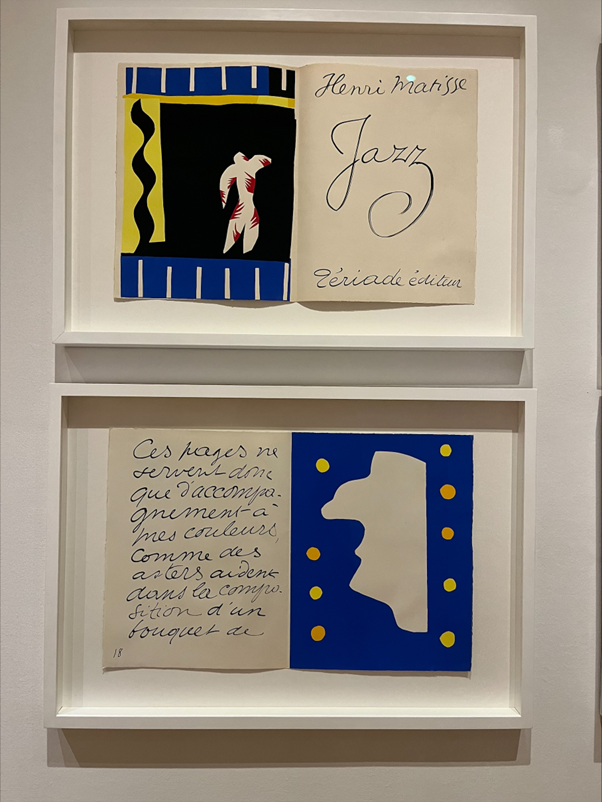Branded as a “new way to experience the nation’s collection,” Modern Art One’s ‘Conversations with the Collection’ is an example of the Scottish National Galleries’ interest in unfamiliar curatorial techniques. Artworks are not arranged chronologically, by period, by artist, nor by medium, but instead by themes and ideas.
Each room represents one theme, ranging from the domestic sphere in ‘From the Hearth’ to a collection of works centring a playful use of colour in ‘Experiencing Colour.’ Each theme frames the viewer’s reading of the individual pieces, preventing a passive gallery experience by encouraging the viewer to consider potential meaning, context, and inspiration behind the work.
This method is most successful in the room titled ‘Selves and Stand-Ins,’ which explores how different artists depict ‘the everyday performativity of identity.’ Works by Sarah Lucas, Cindy Sherman and Robert Mapplethorpe hang together cohesively, as they question and challenge the construction of gender identities. This aspect of the individual pieces becomes obvious and intriguing when viewed collectively, as they emphasise each other’s thematic focus. Lucas’ self- portrait Got a Salmon On #3, featuring a large salmon placed over her shoulder avoids being viewed literally, or with confusion, as the context of her intended subversion of male sexual clichés is made apparent not only by information on the small plaque next to the image but by its placement in tandem with other artworks displaying similar ideas.
Yet some of the room’s themes provide less insightful commentary on the artworks housed within them.
The very appropriately named ‘Reading Art’ features works which have words in them, though featuring the brilliant Jazz by Matisse, the room seems to be centred around a physical feature of the art which doesn’t necessarily give insight into the meaning behind it.
‘Material Matters’ includes artworks which are made up of recycled materials and collage. The plaque for this room describes the artist’s use of ‘overlooked’ materials and how this ‘resourceful creative attitude is even more valuable in a time where living sustainably is becoming increasingly vital.’ This sentiment is in serious danger of projecting modern issues onto artwork, as we don’t know that Mark Boyle and Joan Hill’s 1963 collage of scavenged metal was created with sustainability in mind. The nuance between guiding a viewer’s experience with contextual information and starkly projecting ideas of meaning which were not present at the artwork’s conception is in danger of being overlooked.
The success of this method of organisation is really down to individual opinion. The focus on the domestic sphere in ‘From the Hearth’ can be viewed as a rather arbitrary category, as what is the connection between Francesca Woodman’s photograph in derelict Rhode Island home and Anne Redpath’s impressionistic jug on a frilly tablecloth other than the fact they are both in a house. But you may also be inspired by such an unorthodox companionship, exhilarated by the opportunity to compare Woodman’s depth created by a beam of light and Redpath’s pictorial flatness. It’s up to you.
Image via Stella Pope.

